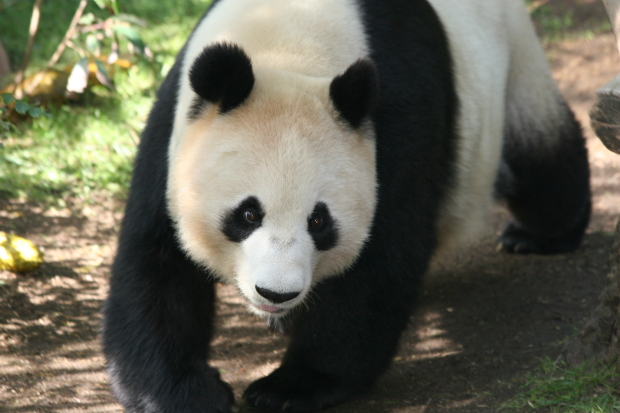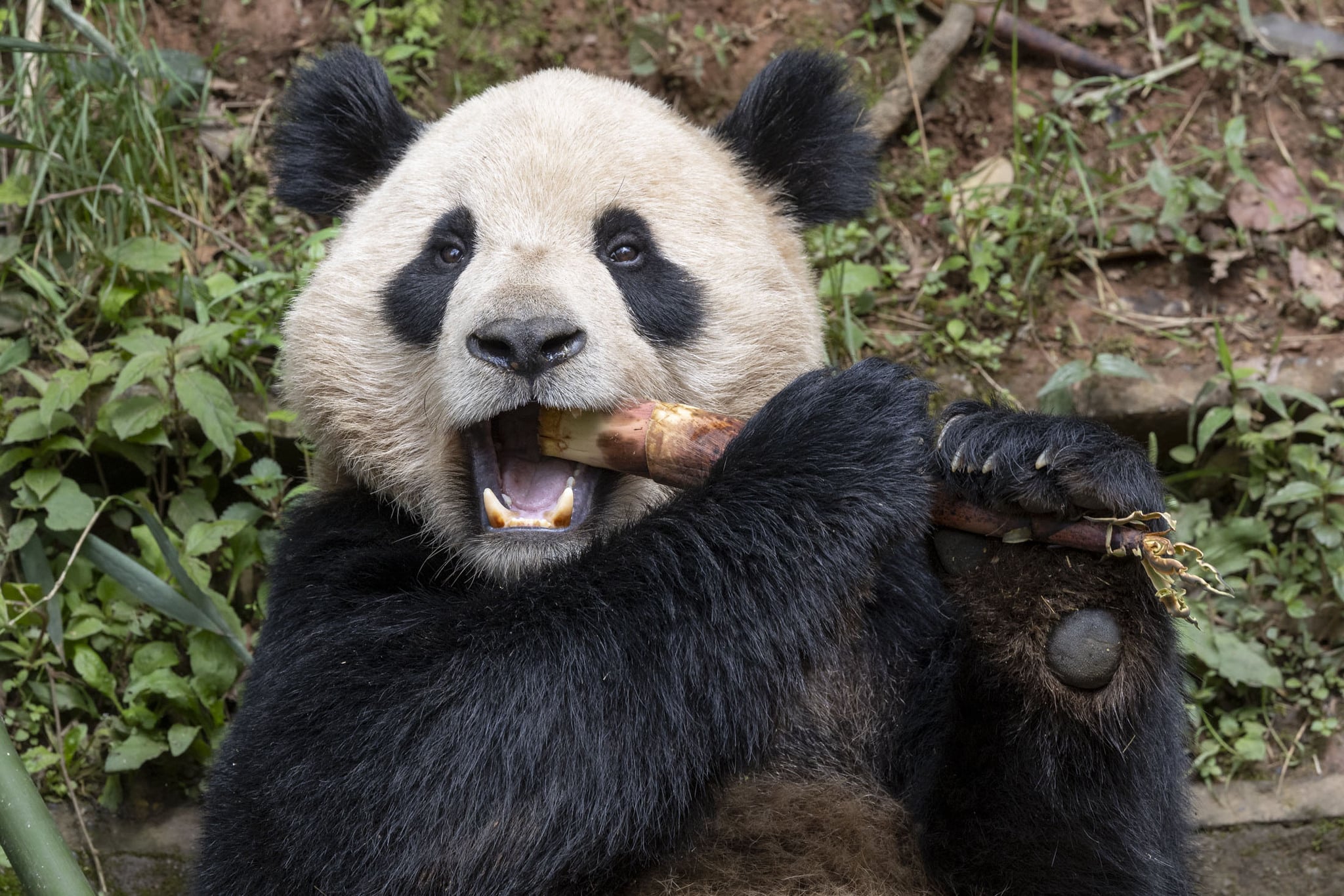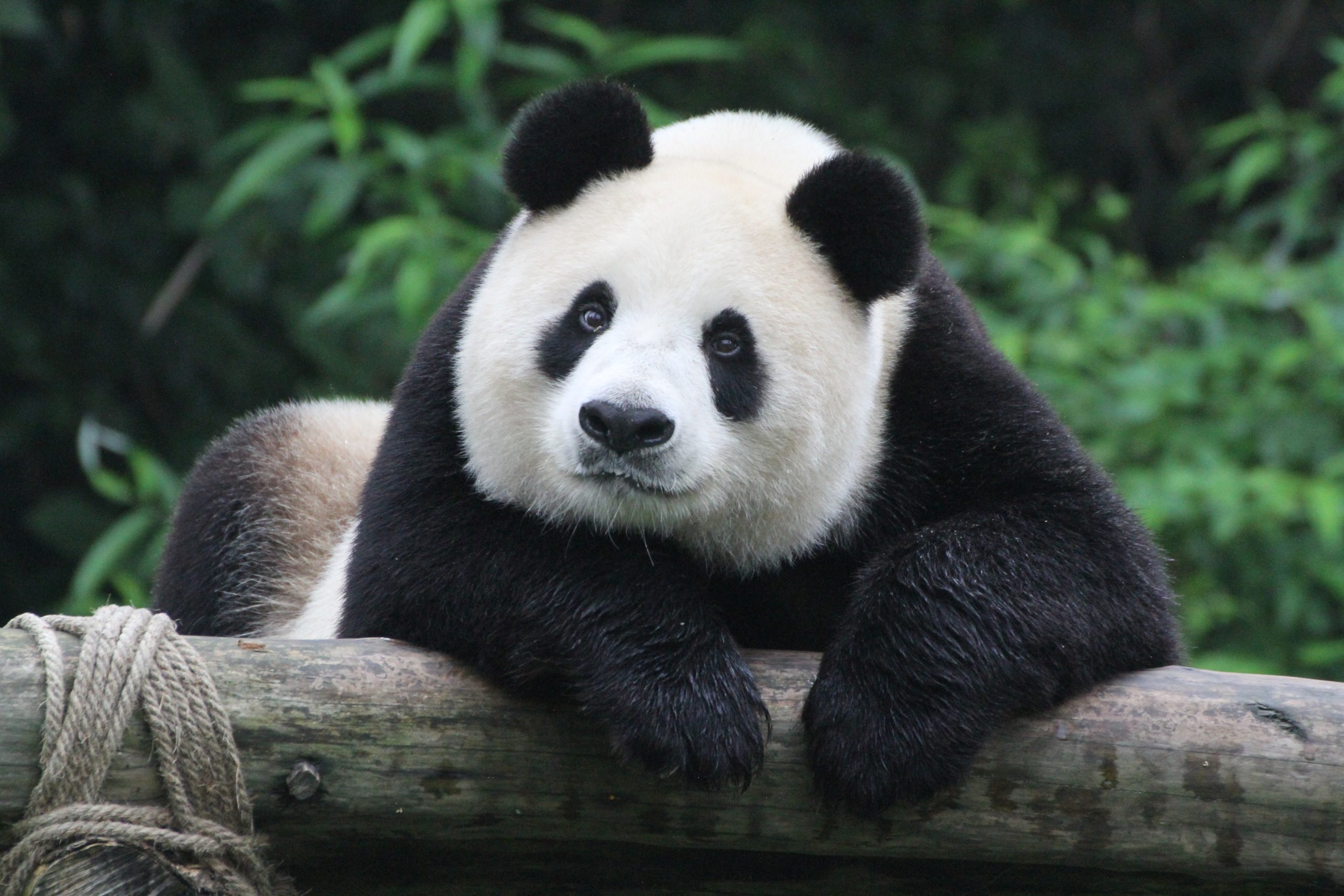Bai Yun is not pregnant

Bad news for everybody who was hoping that Bai Yun would give birth again this year. San Diego Zoo confirmed that she is not pregnant. For the first time since 2004, no panda cubs will be born outside of China this year.
As you know, we have watched giant panda Bai Yun closely over the last few months to see how she progressed throughout this birthing season. This effort involved keepers recording daily information about changes to her eating habits, behavior, and physiology. It involved San Diego Zoo veterinarians, who performed several ultrasounds a week to document the changes in Bai Yun’s uterus. It involved our reproductive physiologists, who monitored her hormone changes and used thermal imaging to assess the heat profiles of her abdomen. And it involved behavior researchers assessing the daily check sheets and watching time-lapse video of her denning activities.
In the end, our Panda Team has come to the conclusion that Bai Yun will not be giving birth this year.
We did see some positive signs in July, when there was evidence of uterine changes via ultrasound, and Bai Yun slowed down and left large portions of her daily feed untouched. She started using the den and built a small nest. As time wore on, we were not able to visualize a fetus or fetal heartbeat, and this left us to wonder: Was there a fetus in there somewhere that we just weren’t able to capture on ultrasound? Or was there a pregnancy somehow thwarted before it even got going?
At this point, Bai Yun’s hormones have returned to baseline. Her uterus is declining from its swollen state. Her appetite is on the increase, and her time spent in the den has become minimal. She will obviously not be giving birth this year. And we will never really know why. Bai Yun is, after all, on the outside edge of the range of known breeding ages for female pandas. Perhaps she is done, for good, and is physiologically ready to experience “maternal retirement.” Or perhaps her body simply needed to take a year off. Either way, we are okay with that.
In the next few days, you can expect to see Bai Yun given more opportunities to roam the area as she chooses. For the moment, she hasn’t seemed to want to stretch her legs very much, but we know that will change soon. She will want to climb trees and eat for hours and will become more responsive to the keepers’ attempts to shift her. Look for her atop the climbing structure in the north exhibit, or drinking from the pond in that yard, in the next week or so.
What’s in store for Bai Yun? In the short term, cub or no cub, you can be sure that our staff will continue to dote on her and meet all of her needs. She still is, after all, our own “hero mother.”
Suzanne Hall, Senior research technician for the San Diego Zoo Institute for Conservation Research.
Source: San Diego Zoo
Related Posts
 2024-06-26Yun Chuan and Xin Bao moved to San Diego
2024-06-26Yun Chuan and Xin Bao moved to San Diego 2024-04-26San Diego Zoo's new panda pair
2024-04-26San Diego Zoo's new panda pair 2024-02-22San Diego Zoo Wildlife Alliance and China Wildlife Conservation Association Sign a New Cooperative Agreement for Giant Panda Collaboration
2024-02-22San Diego Zoo Wildlife Alliance and China Wildlife Conservation Association Sign a New Cooperative Agreement for Giant Panda Collaboration 2019-04-16Tree Dens Play a Critical Role for Giant Panda Mothers Rearing Cubs
2019-04-16Tree Dens Play a Critical Role for Giant Panda Mothers Rearing Cubs





